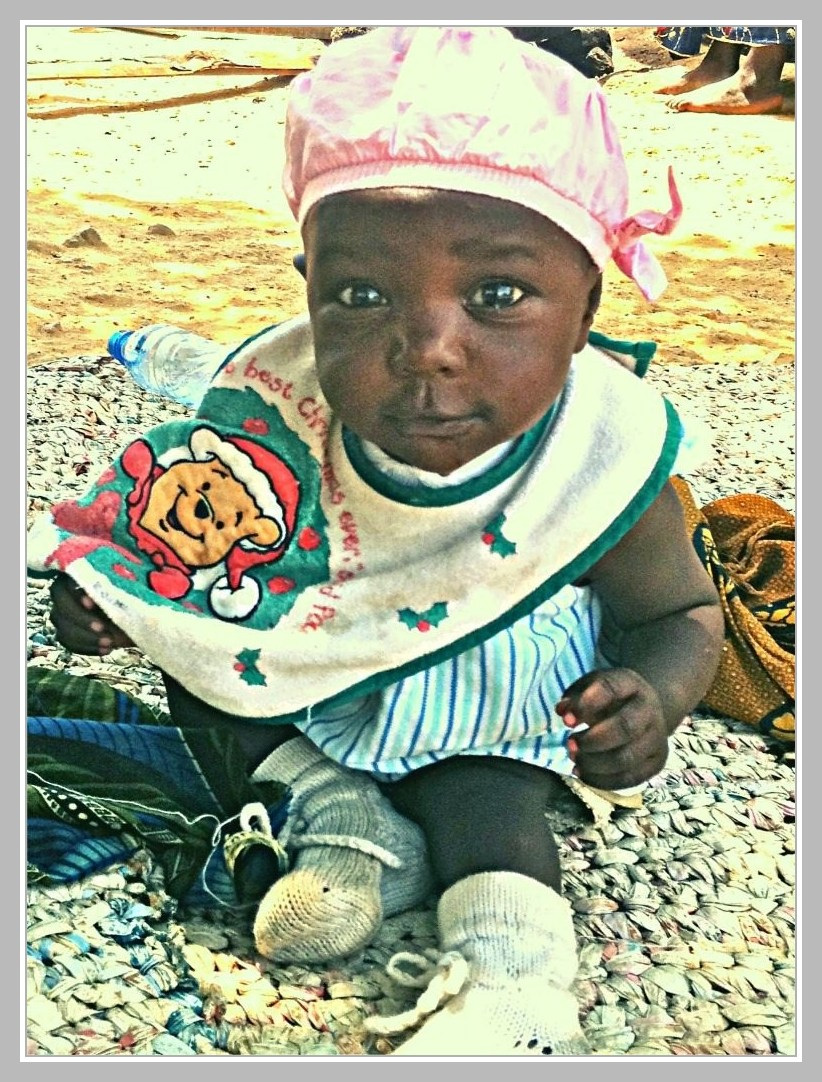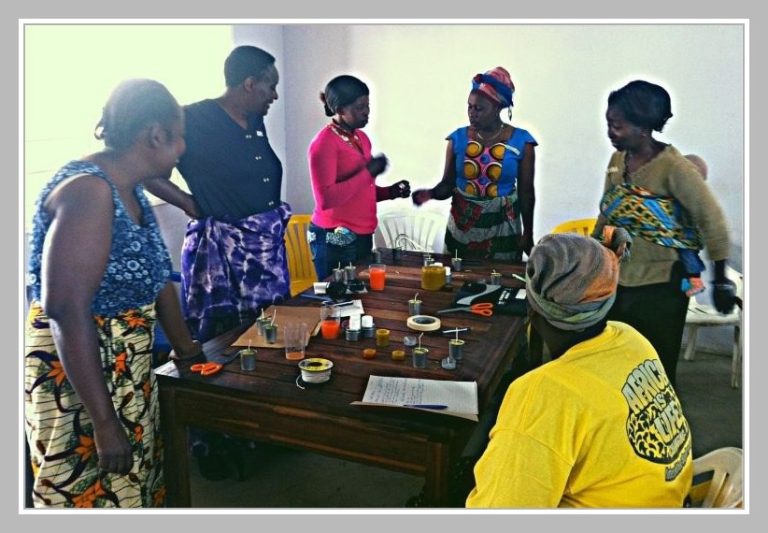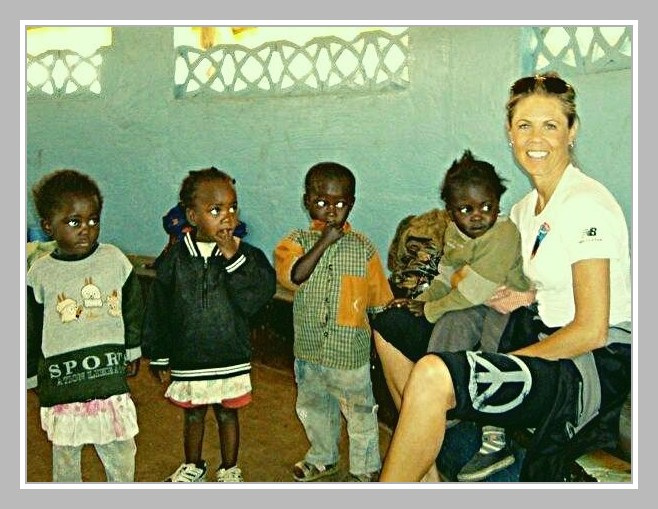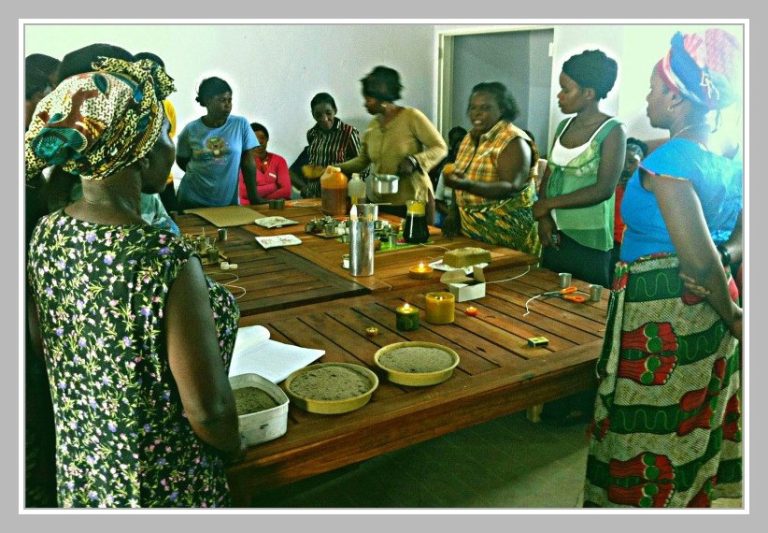
Kafakumba Training Centre Africa
Childhood Longings
AIDS Babies in Africa
I also had a strange phrase running through my mind for years and years. It was ‘AIDS babies in Africa. AIDS babies in Africa. AIDS babies in Africa.’ I had no idea what I was supposed to do with it, but it was there ringing through my head nonetheless.
I just had to go, so I applied to Samaritan’s Purse in 2002 for the position of Finance Director in Mozambique and almost got the job. I went through five levels of interviews and was on the short list of two candidates. The person who secured the job spoke Portuguese, so that was the deciding factor. I guess it was just not the time for me to experience that great place … yet.


Lillian, Wendy & Kilimanjaro
So when I finally booked to go to Africa in February 2008 I was ecstatic. For a few years, I had been funding a woman named Lillian’s salary in Kenya and wanted to meet her. She had three kids, had lost her husband to AIDS, was the sole teacher at the one room school house and was also the caregiver for the orphans after school. She was my hero. What an amazing woman. It was way too easy to just write a check once a year; I wanted to go to rural Africa to meet and love on the people. lace … yet.
So I asked my friend Wendy if she wanted to go with me to ‘hug babies’ as she recalls.
She was in! Then I figured, hey, let’s climb Kilimanjaro while we were there! Again, she was in. (She tells me now, that if I ever ask her to do something like that again, remind her to think about it for more than 3 seconds.) The whole way up the mountain, she kept saying, ‘there’s no Nordstrom’s up here!’ And ‘where are the babies!?’ We had endless giggles.
That was February 2008 and, unfortunately, the Canadian government had advised against all ‘unnecessary travel’ into Kenya due to the political upheaval. So, while our safaris and Kilimanjaro were amazing experiences in Tanzania, we missed out on meeting Lilian, the kids and really touching rural Africa.
Zambia, the Enrights & Hugging Babies
I stayed at the Kafakumba Training Center, a place the Enrights founded to help eradicate poverty in Zambia. Here they partner with the African people in this terribly impoverished region and help them regain a sense of self-respect, independence, and destiny. What they are doing is truly amazing. They have established a variety of businesses and partner with the locals, helping them thrive.

Organic farming is a key focus of the center. In 2005, the Enrights purchased seven acres of immature banana trees on the outskirts of Ndola. They are now a flourishing crop, enabling hundreds of African men and woman to create businesses for themselves and their families by selling bananas. People that were making less than $1 a day are now making $50. John & Kendra were then able to acquire more land and are producing aloe vera crops, palm oil, and vegetables and also have a large honey operation. The families earn about $200/month tending one beehive. A huge salary for that area! And the bees do 99% of the work! The development of these sustainable enterprises is one facet of the Enrights commitment to help erase poverty in Zambia. I also saw their incredible woodworking factory where locals have partnered with them in producing and managing the sale of wood floors, doors, furniture, trusses and cabinets. They are shipped all over Africa and beyond. They also raise cattle. The generous donation of cows a number of years ago has grown into a herd of over 200. The heard has been continually growing while at the same time helping to feed hundreds of orphans daily at the Walali Feeding Center, kids at the De Gama School for the Handicapped as well as guests at the Kafakumba Training Center. The Enrights have also created about 35 acres of ponds for sustainable fish farming which provide protein to about 10,000 Africans. With all these enterprises, the Enrights and others are helping to fuel a sustainable income and productive life for the Zambian people. As a result, these native people can enjoy the sense of pride and accomplishment that comes from managing their own growth-focused economy, and the satisfaction that independence and a bright future hold. And most importantly, by focusing on joint ownership and profit sharing by and among the Ndola residents, the Enrights are creating a model for sustainable economic and social development that no simple cash injection could match. It is having a profound and positive effect. I share all of this with you as it inspires me and gives me hope that things are happening all over this amazing planet by incredible people just quietly going about their work. And I’m thrilled to be linked to Kafakumba and hope that you’ll join in the efforts too. Our next trip is planned for October 2011 where my friends Frances, Suzanne and I will be bring a message of love, hope and sisterhood to the ladies at Kafakumba. I guess there was a reason for the longing I had all those years ago for Africa, AIDS babies and the people of that region! What are you longing for? What do you think about consistently? I bet it’s pointing you towards where you’re meant to go and make a difference on the planet! Listen to it. It’s your unique assignment and will lead you to profound bliss.
African Adventure with a Purpose
My next trip to Africa was with girlfriends Frances Tieulie and Suzanne Watts. Our first stop was Nairobi, Kenya where we completed a five day trek to the top of Mount Kenya. This is Africa’s 2nd highest peek after Mount Kilimanjaro, which I experienced in 2008. Mt Kenya was a fantastic trek, despite the torrential afternoon/evening rains, broken tents and insufficient sleeping gear. Brrr. If we were not hiking, we were scrambling to keep dry, moving camp, trying to keep warm and attempting to sleep. But at sub zero temperatures and damp gear, this was tough! It definitely brought us to our limits. But we did it. The summit was glorious. At almost 17,000 feet (4,985 meters) the air was thin and the emotions were high. Unfortunately, I have no pictures after day 1.5 as our brilliant idea of taking along a solar-powered iPhone charger was only brilliant if there was sun! (Which there was in the mornings/early afternoon, but never in the late afternoon/evening when we were actually at camp.)

After these more touristy adventures, we headed to Kafakumba, Ndola, Zambia to teach a group of women some skills that will help them earn an income for themselves and their families. The subject was beeswax candles and beeswax lip/body balm. Historically in that region, women are dependent on their husbands who are often physically abusive and spend their money on alcohol and prostitutes. This leaves women powerless and often at risk of AIDS. In fact, in Ndola, a reported 33% of the population is HIV positive. This number is likely much higher as generally it’s only pregnant women who get tested.
In addition to the skills to make the candles and lip/body balm, we brought over about 50 metal molds to seed the program, loads of wicks, 100 .3 oz tins for the first batch of lip-balm, about 100 tins for the body balm and other sundry items needed to launch this program. (The lip-balm can also be packaged in larger containers to be used for calluses on elbows, feet, etc.) We also raised enough money to purchase ovens and restaurant grade steam tables to melt large quantities of wax. A special thanks goes to Frances’ family and clients at her studio, Sculpture Inc, in Burnaby, BC for their generous contributions.
We chose these projects as Kafakumba’s large honey operation harvested 12 metric ton of honey in July which creates about 1 ton of wax. There is also a built in market for beeswax candles in the catholic churches. In their bylaws, candles must be beeswax due to their non-drip, non-smoking and long burning qualities.
In addition to bringing the skills and supplies, we also inspired entrepreneurship. Our vision was that the ladies of Kafakumba will use this knowledge as a springboard to better their lives and the lives of their families. We taught them about packaging and distribution channels, salesmanship, marketing and finance, and business planning, so their candle and lip-balm businesses can thrive.
One of the reasons we chose the lip/body balm as a product to create was that we also wanted to foster an environment of hygiene and beauty. One of the biggest problems in Africa is infidelity with prostitutes. John Enright, who has lived in east Africa his entire life, suggested that if we can show the women some basic beauty and hygiene skills, then perhaps the men will choose to stay home with them rather than venturing out to those that appear more clean and primped. (This is very ironic, but these are the facts shared with us by a local.) We in no way attempted to encourage them ‘make themselves up,’ but rather just use basic and sustainable self care so that spirits are lifted and self esteem is fostered.
We had a wonderful time with the ladies and identified leaders who will take the torch and run with it. Thank you to Patricia and Cassie for taking on Quality Control & Production, to Fosi and Patricia for leading the Sales & Marketing program, and to Theresa for heading up Packaging. You will make a difference in the lives of many!
In the days before and after the sessions with the ladies from Kafakumba, we had the opportunity to explore the area and some of the other programs that Kafakumba is making possible. Cows from Kafakumba help fund and feed 900 kids a day at the Welele Feeding Center and also helps fund the De Gama School for the Disabled. We had the opportunity to visit both facilities where we were blessed with an African welcome dance by a group of women and also with love and enthusiasm from hundreds of kids. These are mostly orphans who come from the nearby village for their one meal a day. On the weekends, they have to fend for themselves for the most part. So sad. But thank God for the good people who are out making a difference in the lives of these kids. They all line up, wash their hands, say a prayer of thanks, then sit across from their ‘plate partner’, patiently wait for everyone to be served, and then they dig in. No silverware of course.
After our incredible time in Africa, Frances and I went to Paris for a weekend of exploring and brushing up on our French. It was truly a culture shock after all we had seen in Africa. But the important thing for us to remember is that we can’t get upset by the vast differences in cultures. This will just lead to frustration and discouragement. But what we can do, is GO where we feel the spirit is leading us, DO what we feel the spirit is calling us to do and ENJOY the many blessings that are given to us in the process. I think this is God’s way.